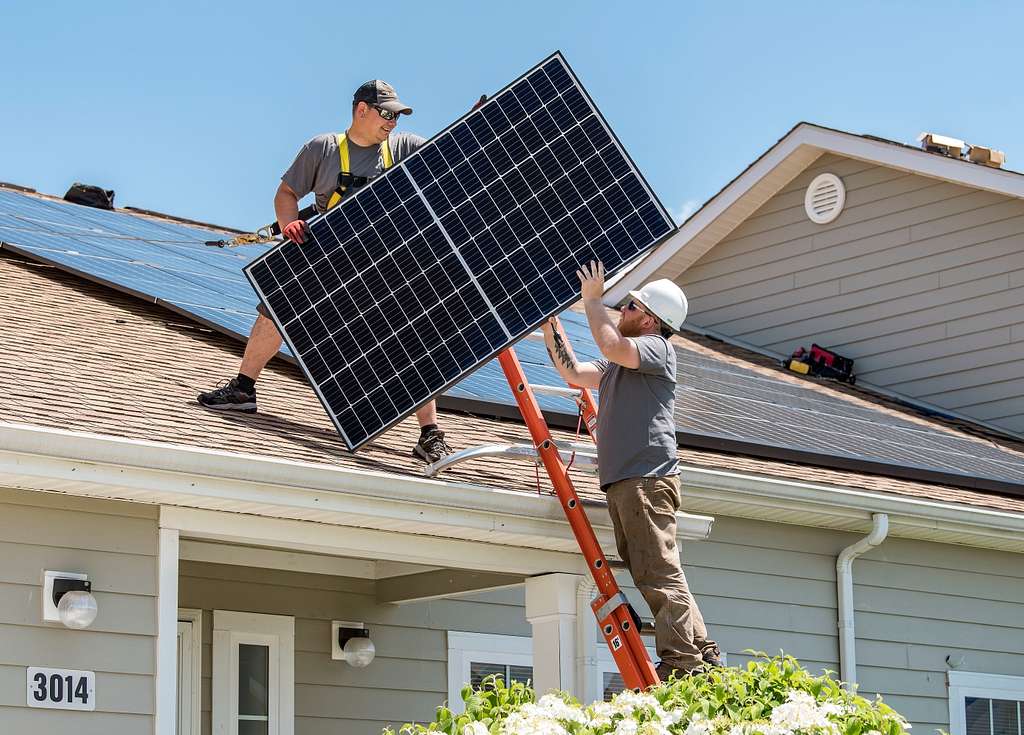Solar energy is one of the most popular renewable energy sources available. Solar photovoltaic panels are installed on rooftops or in open spaces to collect sunlight and convert it into electricity.
Solar panel installation is a complex process that should be carried out by a professional solar company.

Solar panel systems offer many benefits, including reducing your carbon footprint, saving money on your electricity bill, and increasing the value of your home. However, solar panels are a significant investment, so it’s important to do your research before choosing a solar company.
Solar energy is the sun’s radiation that is converted into heat or electricity. Solar photovoltaic (PV) panels are installed on rooftops or in open spaces to collect sunlight and convert it into electricity.
Solar thermal collectors are used to capture the sun’s heat to generate hot water or steam for space heating and industrial processes. So, isn’t it time to go solar on Maui?
Solar cells, also called photovoltaic cells, convert sunlight into direct current (DC) electricity. The sun’s heat can be converted into steam or hot water using solar thermal collectors. Steam or hot water can be used for space heating, domestic hot water, or industrial processes.
Read Also:
There are two main types of solar products: photovoltaic (PV) panels and solar thermal collectors. PV panels generate electricity, while the latter ones generate heat.
Installing solar panels is a complex process that should be carried out by a professional solar company.
1. Site Assessment: A professional solar company will visit your home or business to assess your energy needs and determine whether your property is suitable for solar PV panels or solar thermal collectors.
2. System Design: Once the site assessment is complete, the solar company will design a custom system that meets your energy needs. According to HomeEnergyClub, choosing the right plans and looking at different rates is also crucial in this step, as it can significantly influence the overall efficiency and cost-effectiveness of the solar system.
3. Permitting: After the system design is complete, the next step is to obtain the necessary permits from your local government authority.
4. Procurement: The required materials will then be procured from suppliers. The construction crew will install the system according to the previously designed plan. After installation is complete, final testing will be conducted to ensure that the system meets all safety standards.
Installing a solar panel system offers many benefits, including reducing your carbon footprint, saving money on your electricity bill, and increasing the value of your home.
However, solar panels are a significant investment, so it’s important to do your research before choosing a solar company.